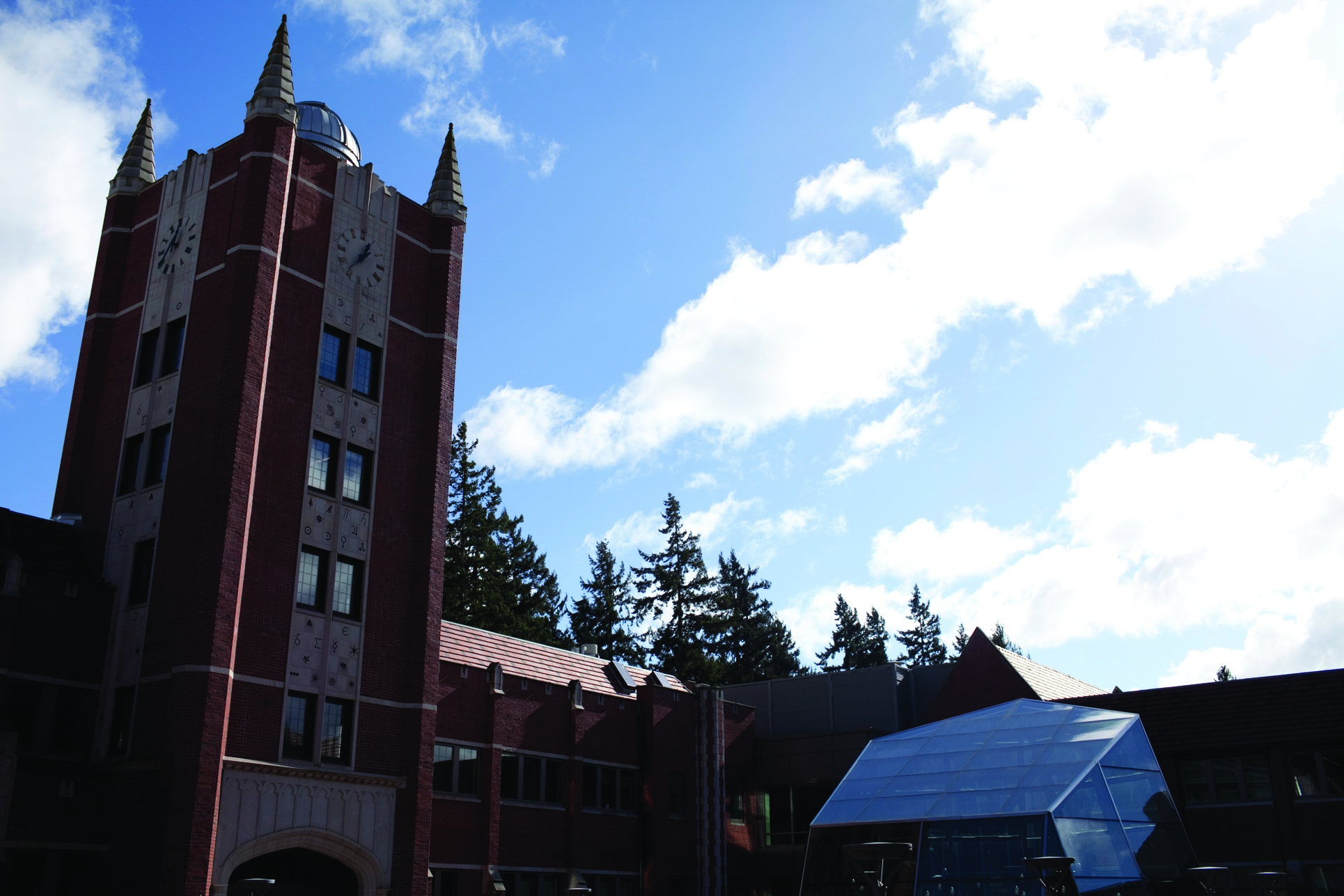
Seventy-seven. The number of days until the class of 2013 declares their majors.
But never fear second years, as this space considers Science, Technology and Society (STS), a major or minor on the smaller side sure to appeal to the humanistic scientists among you.
Should you find the two areas of study contradictory, the interdisciplinary program contextualizes scientific knowledge by considering how it arises from society, according to STS director and physics professor James Evans.
Evans, along with a smattering of STS students, demystified the major and minor that few know exist.
A “fair number of faculty were interested in broader issues and six years ago proposed the major,” Evans said. The interdisciplinary program has been on the rise ever since.
“As of right now, we have 33 declared majors and minors. Twelve STS majors and one minor will graduate this May,” he continued. Among them are Casey Archer, Danielle Sacks, Kayla Tuteur and Tamara Logsdon, who were all drawn to STS after just one class.
“Sophomore year I took STS 201 and found it incredibly interesting. As the semester progressed I began to look at additional STS courses and liked what I saw,” Archer said.
For Sacks, “I needed to fill a space the first semester my freshman year. I took the Intro to STS course. It blew my mind. I love learning the ‘soft’ aspects of science. In my first major, physics, the importance of what we are learning is usually left out in favor of more math.”
“Darwin in his Time” drew in both Tuteur and Logsdon. “I had absolutely no idea what STS was but was excited to be studying an area of science that did not revolve around big textbooks, lab work and homework problem sets. I did not even know that studying the history of science was an option in academics before this,” Logsdon said.
Each of the students’ tracks vary, representative of the mix that is STS.
Archer’s interest lies in the history of physics in the nineteenth and twentieth centuries and the American Eugenics movement; Sacks’ focus includes physics and gender issues in science and Tuteur wanted to see the effects of how science works on a global level.
“My particular interest/focus is paleobiology and bioethics, but I was able to incorporate my experience and interest in the other sciences into my major. I like being able to have this wide background because it acts as a tool for understanding a broader field of topics and picking just one area of science would be too difficult,” Logsdon said.
Such divergent perspectives make for layered conversations. “Some are into hard science and bring that knowledge to group discussions. Others have a more social emphasis,” Tuteur said.
Additionally, the emphases are fit to a contract, informing ancillary courses and electives.
The culmination of the major/minor requirements is a senior capstone. “This makes for a sense of belonging,” Evans said.
Such association also translates into Students of the History of Technology and Science (SHOTS), an organization that meets outside the classroom.
From making excursions to scientific exhibits in Portland and Seattle to partnering to bring lecturers onto campus, the student-run club is a testament to the closeness of a community.
For more on STS, visit the program’s website at http://www.pugetsound.edu/academics/departments-and-programs/undergraduate/science-technology–society/
[PHOTO COURTESY / GREG NISSEN]
